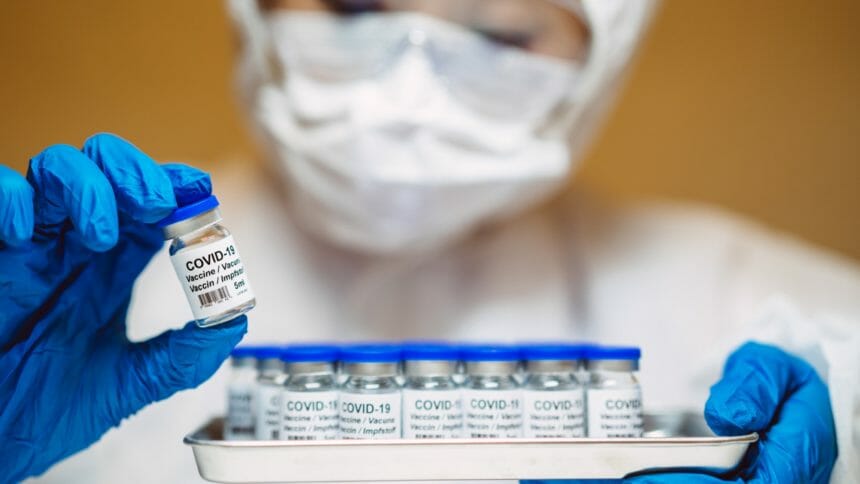
Older adults living in long-term care facilities remain high on the Centers for Disease Control and Prevention’s COVID-19 vaccination priority list, along with healthcare workers, essential workers and adults with certain high-risk medical conditions.
The CDC’s Advisory Committee on Immunization Practices met Monday to discuss distribution of any COVID-19 vaccine authorized by the U.S. Food and Drug Administration. The FDA’s Vaccine and Related Biological Products Advisory Committee will meet Dec. 10 to discuss Pfizer’s vaccine for emergency use authorization and on Dec. 17 and 18 to discuss Moderna’s vaccine.
ACIP presented four ethical principles to guide distribution of the first limited COVID-19 vaccine dosing, including maximizing benefits and minimizing harms, promoting justice, mitigating health inequities and promoting transparency.
Based on those principles, the panel recommended moving 21 million estimated healthcare workers and 87 million other essential workers to the top of the vaccine priority list, followed by more than 100 million adults with high-risk medical conditions — including obesity, diabetes and cardiovascular disease — and about 53 million adults aged 65 or more years, including approximately 3 million older adults living in long-term care facilities.
Essential workers include those who work in critical infrastructure operations, including food, agriculture, transportation, education and law enforcement.
Although long-term care facility residents account for less than 1% of the U.S. population, residents and staff account for 6% of coronavirus cases and 39% of deaths.
The federal government has said 40 million coronavirus vaccine doses could be available by the end of the year — enough for 20 million people to receive two doses. The CDC estimated there will be enough vaccines to immunize 25 million people each month thereafter.
During a U.S. Department of Health and Human Services briefing on Tuesday, Secretary Alex Azar clarified that ACIP is an advisory committee to the CDC but “at the end of the day, it is a decision of the United States government where to recommend prioritization.”
Azar added that the nation’s governors are tasked with actually distributing the vaccine and identifying priority populations for vaccination in their respective states. States are making vaccine distribution plans based on guidance from the CDC as well as guidelines released in October by the National Academies of Sciences, Engineering and Medicine.
During the briefing, Azar said that once a vaccine receives FDA approval, vaccinations of priority individuals could begin within 48 hours.
Antibody treatment
Over the weekend, the FDA also issued emergency use authorization for Regeneron Pharmaceuticals’ COVID-19 antibody therapy, an experimental “antibody cocktail” treatment given to President Donald Trump. The FDA said that the monoclonal antibodies casirivimab and imdevimab should be given together for the treatment of mild to moderate coronavirus in adults and children at high risk for progressing to severe illness, including older adults with chronic medical conditions.
Azar said 35,000 doses of the antibody therapy were distributed on Tuesday.
Check out our sister publication McKnight’s Long-Term Care News for additional coverage on vaccine prioritization and distribution.




